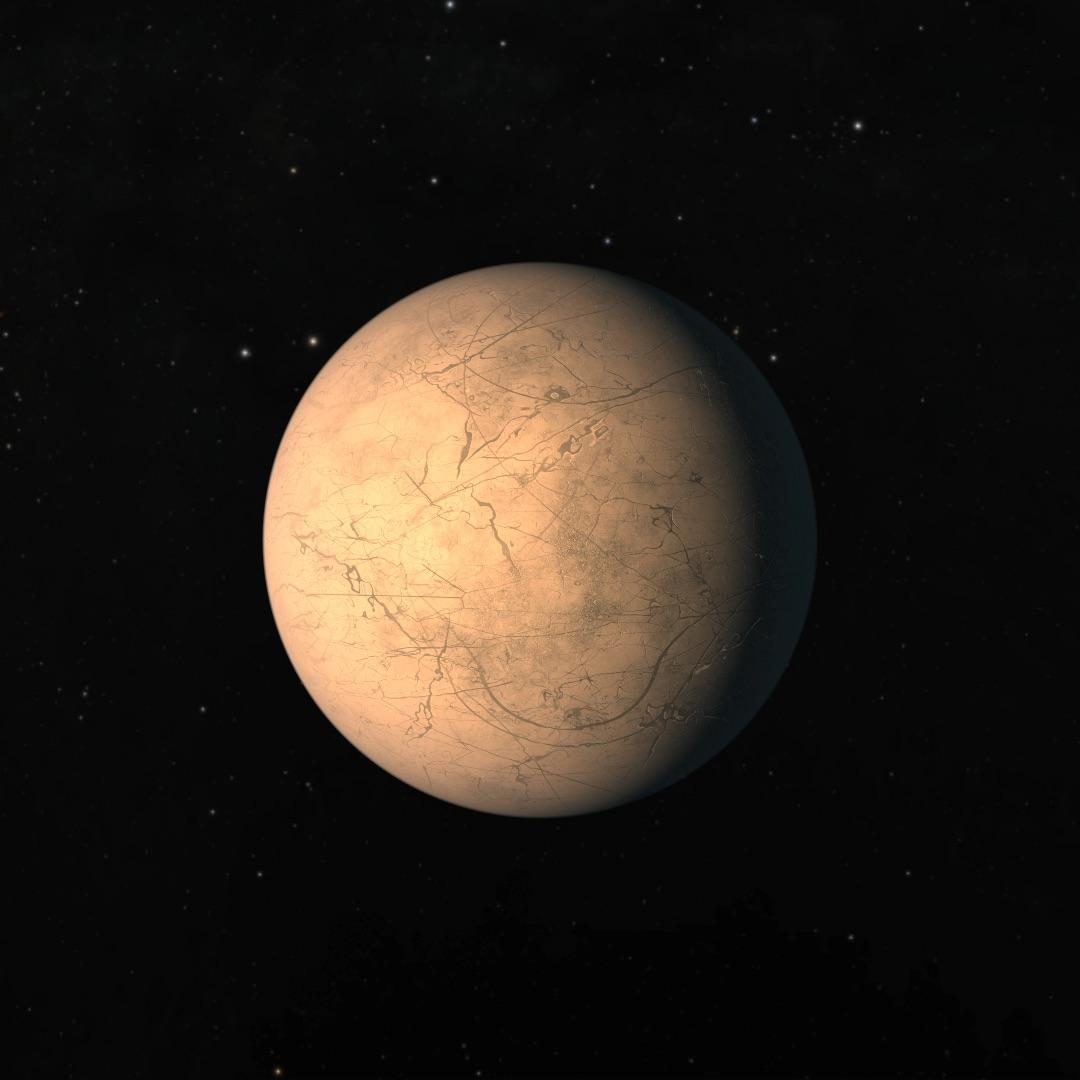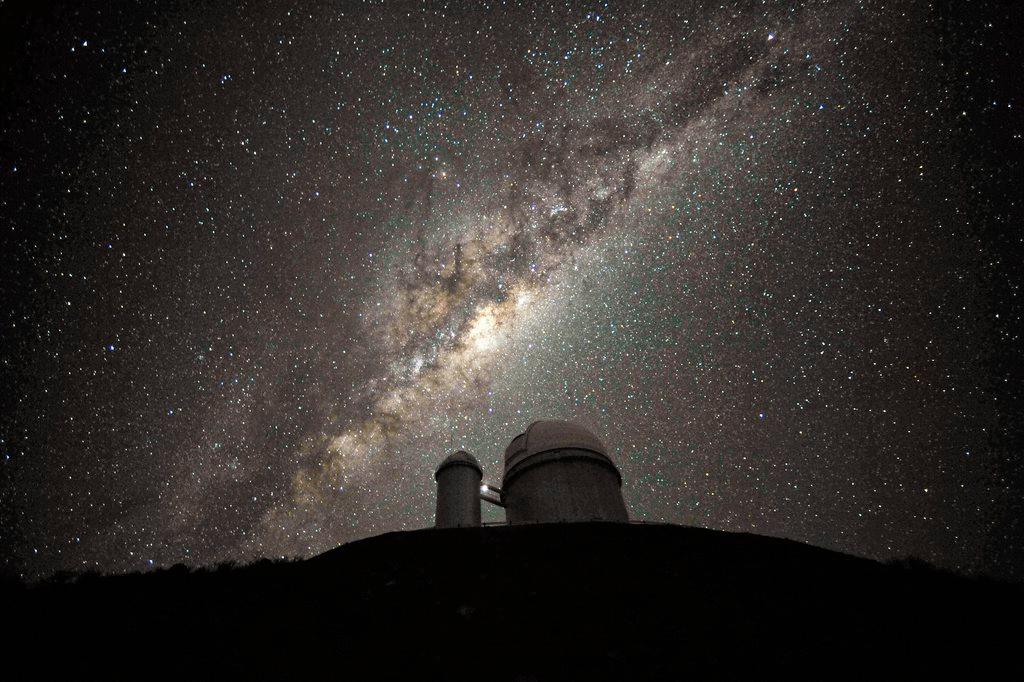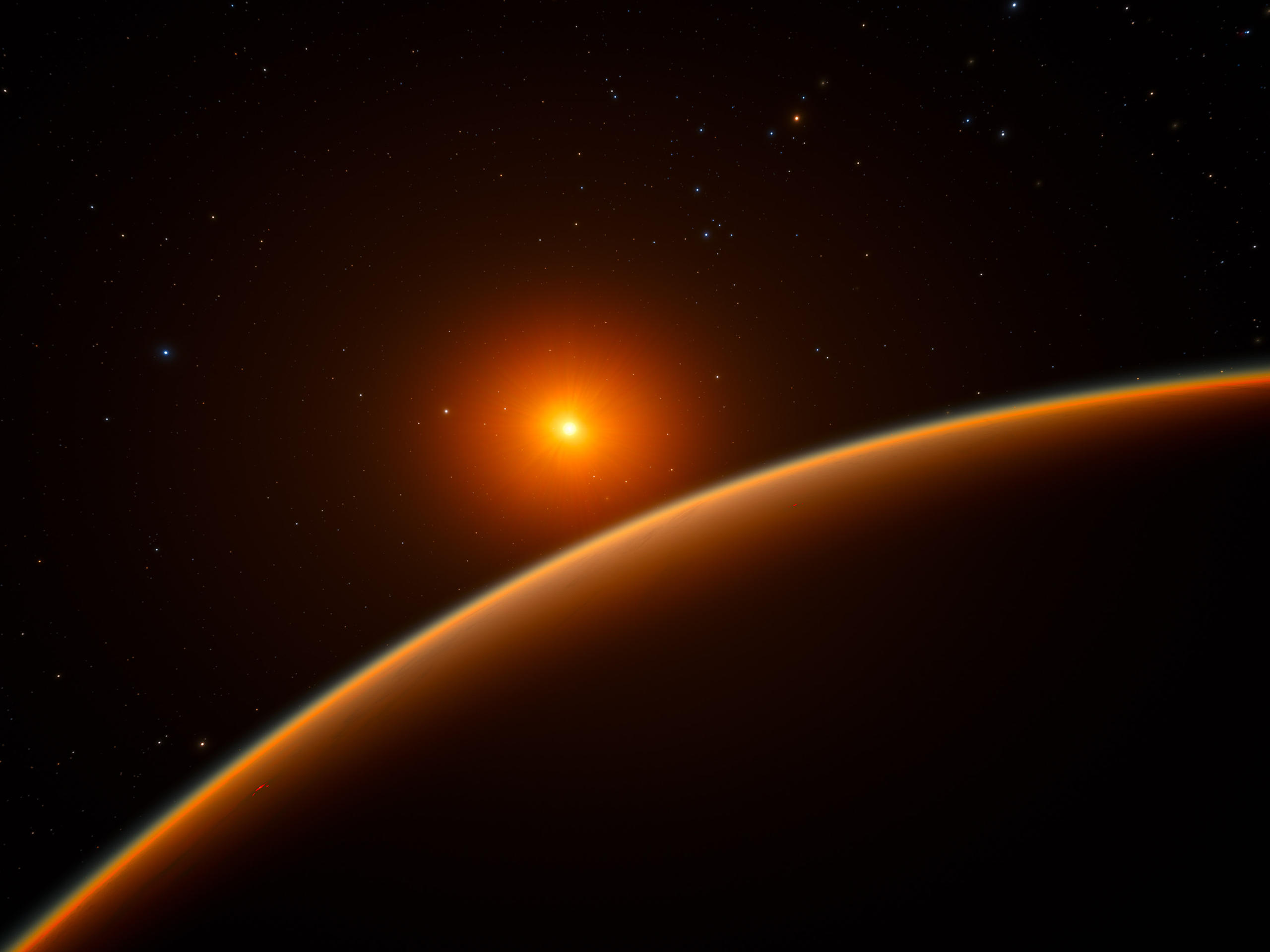Bern researchers nail down exoplanet orbit

An international team that includes researchers from the University of Bern has been the first to determine the length of time it takes the last of seven recently discovered exoplanets to orbit around its central dwarf star.
Scientists had already determined the orbital periods for the other six planets in the TRAPPIST-1 system, but that of the seventh planet remained unknown. The mystery number, it turns out, is 18.77 Earth days, and was announced on Monday by an international team of researchers that spanned some seven countries – including Switzerland.
Data race
The calculation to find out the orbits of the first six exoplanets was made simpler by the fact that these planets exhibit a gravitational interaction called “orbital resonance”, which meant that their orbital periods are mathematically related to one another.
But the orbit of the seventh planet was unconstrained, leaving scientists to home in on one of several possible values – assuming that the seventh and final planet was also orbiting in resonance with the other six.

More
TRAPPIST-1: a ‘paradigm shift’ in search for ET life
The researchers accomplished this by analysing an open data set generated by NASA’s Kepler Space Telescope over a period of 60 hours. Why the rush?
“Every hour counts when there is a risk of being scooped,” said Brice-Olivier Demory, a professor at the University of Bern’s Center for Space and Habitability, in a statement on Monday.
“Within our collaboration of 30 people, more than 450 emails were sent between all of us in just a few days. At some point 15 people where simultaneously editing the online manuscript – a nice experience overall!”
The research was published Monday in the journal Nature Astronomy. In addition to the orbital period, the scientists also determined the temperature of the outermost TRAPPIST-1 exoplanet (169 degrees Kelvin, or -104 degrees Celsius), and discovered that the radius of the planet is slightly smaller than that of Earth. They also found that the planet rotates on its axis once every 3.3 days.
Planetary paradigm shift
News of the discovery of the TRAPPIST-1 mini-solar system made headlines in February, when the researchers published their findings in the journal Nature. They suggested that due to the conditions of this system, at least three of its planets exhibit temperatures that could support the existence of liquid water – a key prerequisite for life.

In compliance with the JTI standards
More: SWI swissinfo.ch certified by the Journalism Trust Initiative


You can find an overview of ongoing debates with our journalists here. Please join us!
If you want to start a conversation about a topic raised in this article or want to report factual errors, email us at english@swissinfo.ch.